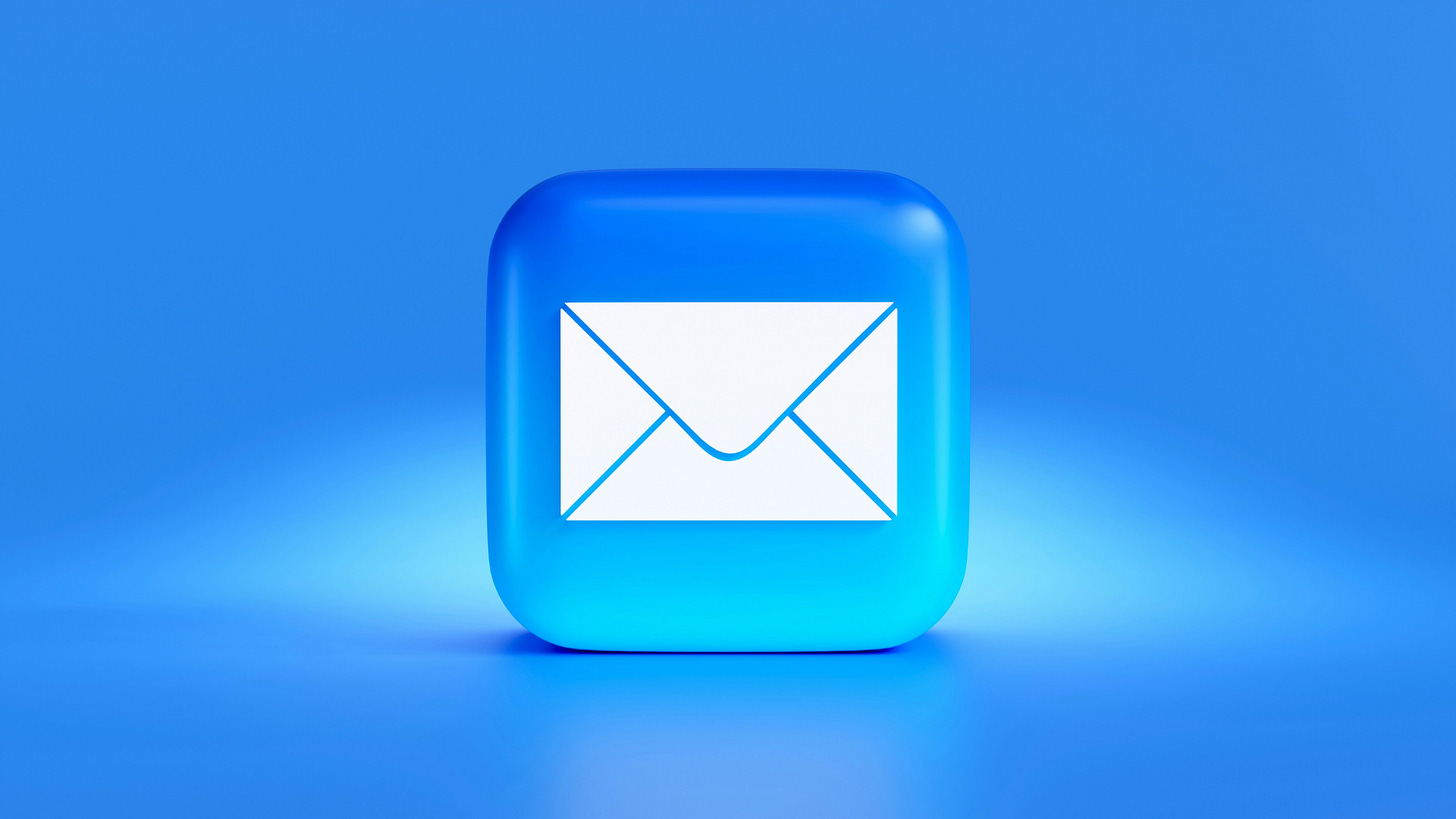E-mail is the primary medium of legal communication in contemporary law practice. As a result, one of the most important skills you can learn early in your legal career—and even as a summer associate—is how to communicate in this genre effectively.
As with all of my suggestions your mileage may vary. But in my experience if a supervisor writes you an e-mail they expect a response as soon as is reasonably possible. But there is also a danger in responding too quickly if you don’t know the answer to the question or you are in a place where you can’t give your answer the full attention it deserves. Put another way, there is an inherent tension in e-mail reading and writing between speed and accuracy—and unfortunately you really need both.
The other challenge with e-mail is that it was designed as an asynchronous genre of communication that is treated by many lawyers as a synchronous one—does it really make sense to treat e-mails (all 10,000 you receive any given day) like text messages or phone calls? No.
How do you respond to this exhausting reality?
Set up some rules for how you are going to handle e-mail this summer so that you can achieve the speed and accuracy that is expected of you but also so that (perish the thought) you can have a life. Here are a few suggestions:
Check Your E-mail Regularly But Not Constantly. Thank goodness we have mostly moved beyond what I refer to as the “Blackberry Mentality” (RIP) where many lawyers got buzz notifications for every single e-mail 24-7-365. I even remember reading about a former White House Chief of Staff who slept with his Blackberry on his chest so any new e-mail would wake him up. Don’t do that. Not only does it not work, we just get too much e-mail to make this a viable solution.
But at the same time, as a summer associate it is not enough to check your e-mail three or four times a day which might work as a law student. In order to succeed you need to appear responsive and be responsive so get in the habit of checking your e-mail at semi-regular intervals (more frequently during the day but occasionally in the evening on the weekends too). If you find yourself unable to put your phone down ever—STOP THAT NOW. Its an easy habit to pick up and which many in my generation can’t seem to break.
Have a Workflow for Processing E-mails. One of the major cognitive challenges with e-mail is that its an “everything” box: calendar invitations, newsletter updates, critical substantive discussions—and everything in between. Spend a little time thinking about what categories of e-mails you get and how you are going to tackle each. Here are a few good rules from my perspective:
If you can respond quickly, do it (e.g. accepting calendar invites);
If its something you want to read later, put it in a “To Read” folder (e.g. a newsletter);
If it is something that requires a response but you can’t complete that response now, put it in a “To Do” folder or better add it to your to do list;
If it is something you read and won’t need again, archive or delete it (whatever is customary at your firm);
if it something you never want to see again and there is a chance to unsubscribe—do it.
Respond Now Even If You are Going to Respond Later. Supervisors often send you e-mails so they can move something from their task list to your task list, but until you respond that loop isn’t closed. So if you don’t have the time to respond substantively immediately, acknowledge receipt and say either that you’ll get to it or when you’ll get to it. Something as simple as: “Received. I’ll get you a response by COB or tomorrow morning” is all it takes. And doing that is both impressive and professional.
Don’t Send Anything You Wouldn’t Want Forwarded On. Be careful about what you put in an e-mail. There is always a risk that someone will forward your response knowingly or unknowingly and so make sure you put your best foot forward. Especially when writing a substantive e-mail, assume that the Partner is going to forward the whole chain to the client.
Use Smart Subject Lines. Lawyers get so much e-mail. So much. As a result, a great way to stand out is to include a meaningful subject line that includes the topic, the client, and anything memorable. Make it clear enough that someone can see it on their phone. And avoid just doing “RE: re: RE: re: RE: RE: draft 1 brief” subject lines. They help no one—especially your audience.
Start Your E-mail With the Question and a Brief Summary of Your Response. Remember the person reading your e-mail is not just reading your e-mail. They are reading tons. A short summary of what question you are answering and what your answer is (bullet points is OK) is extremely helpful. You can always put more detailed answer below.
Talk soon,
Jonah




